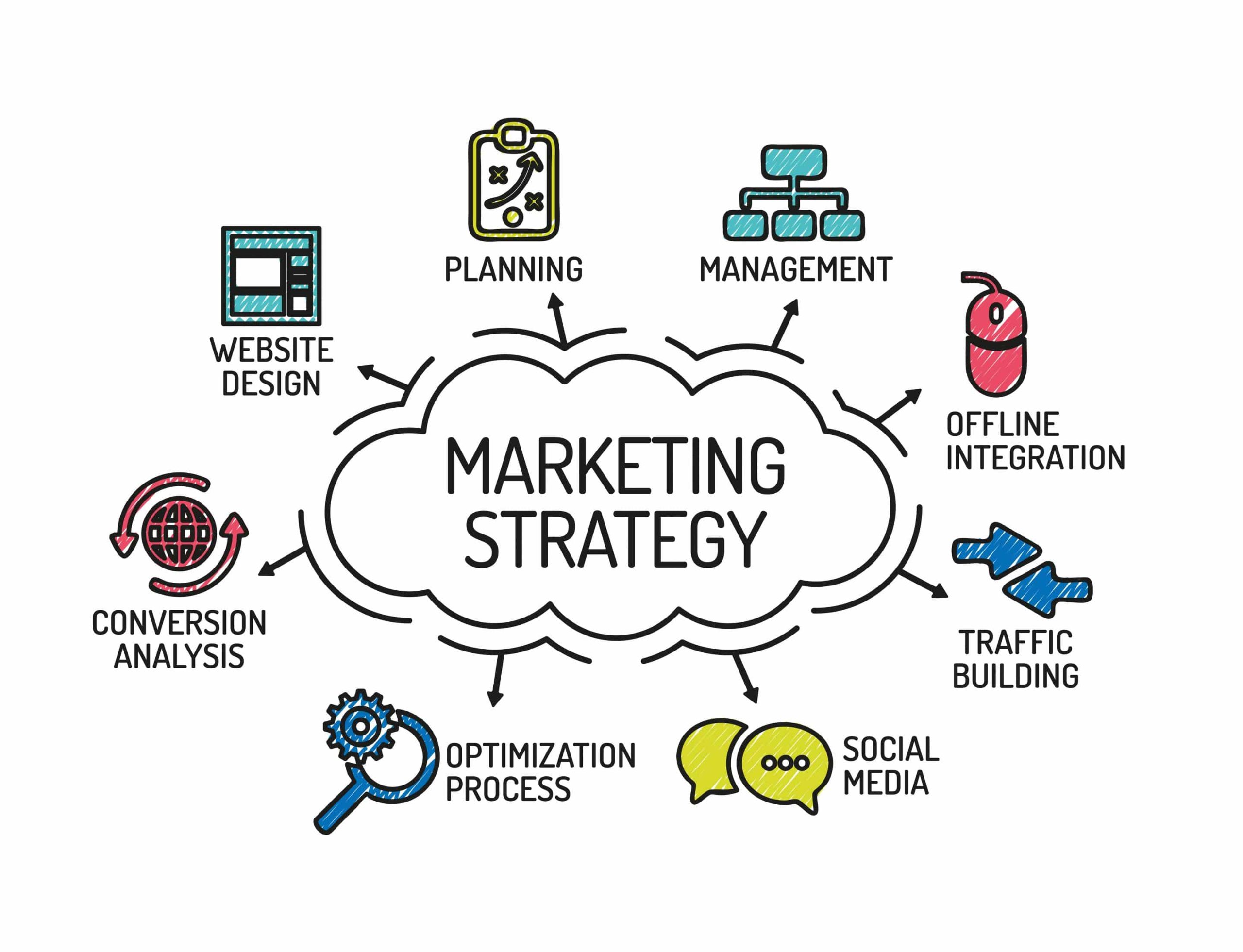Effective marketing is no longer a separate department; it’s the engine driving any successful business. In today’s competitive landscape, a robust marketing strategy is essential for attracting customers, building brand loyalty, and ultimately, achieving profitability. This article will delve into the core components of a successful marketing strategy, exploring key elements and providing actionable insights to help you craft a plan that delivers results. Marketing strategy is more than just advertising; it’s a holistic approach encompassing everything from understanding your target audience to measuring your campaign’s effectiveness. It’s a continuous process of adaptation and refinement, requiring careful analysis and a willingness to experiment. Let’s begin.
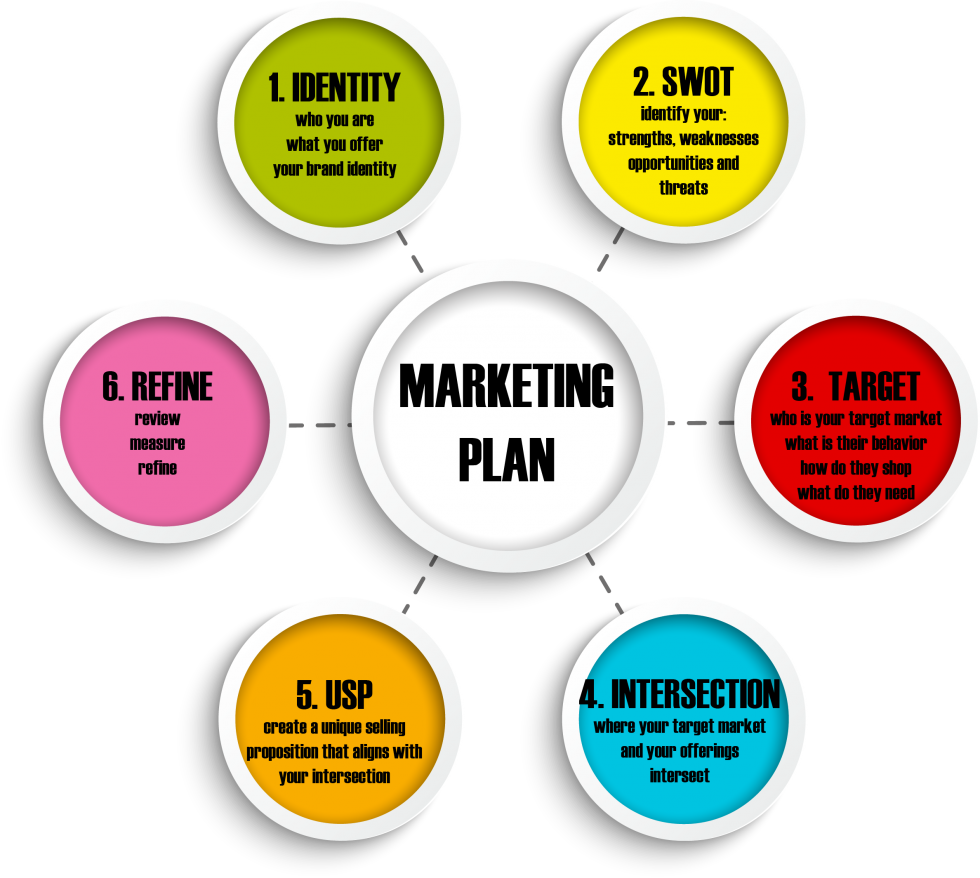
Understanding Your Target Audience

Before you even think about advertising campaigns, you must understand your target audience. This goes far beyond basic demographics like age and location. It’s about deeply understanding their needs, pain points, motivations, and online behavior. Marketing strategy hinges on this understanding. You need to create detailed buyer personas – fictional representations of your ideal customers – that include their goals, challenges, preferred communication channels, and purchasing habits. Tools like surveys, social media analytics, and customer relationship management (CRM) systems can provide invaluable insights. Consider conducting market research to validate your assumptions and uncover hidden needs. For example, if you’re selling software, understanding the challenges faced by small business owners who struggle with accounting is crucial. Ignoring this foundational step will lead to wasted resources and ineffective campaigns. A clear understanding of your audience allows you to tailor your messaging, choose the right channels, and ultimately, deliver a more relevant and engaging experience.
![]()
Defining Your Marketing Goals
What do you want to achieve with your marketing efforts? Clearly defined goals are the cornerstone of any successful strategy. These goals should be SMART: Specific, Measurable, Achievable, Relevant, and Time-bound. Instead of saying “increase brand awareness,” aim for “increase brand mentions on social media by 20% within the next six months.” Common marketing goals include increasing website traffic, generating leads, boosting sales, improving customer retention, and expanding into new markets. Prioritize your goals based on their potential impact and feasibility. Don’t try to do everything at once; focus on a few key objectives that align with your overall business objectives. Regularly reviewing and adjusting your goals as needed is crucial for staying agile and responsive to market changes. Tracking your progress against these goals allows you to assess the effectiveness of your strategy and make necessary adjustments.
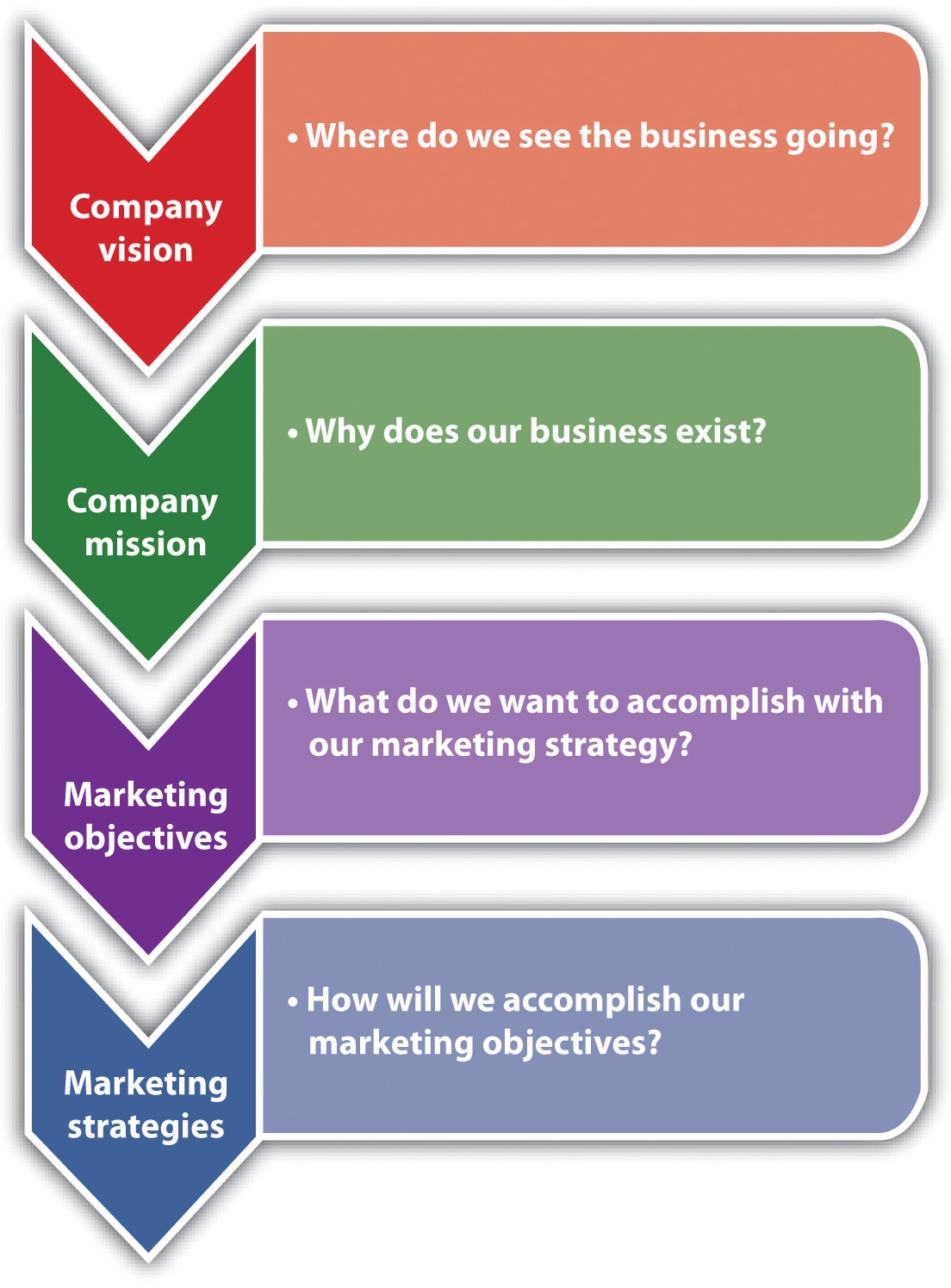
Channels and Tactics for Marketing
Once you understand your audience and set clear goals, you can begin selecting the right marketing channels to reach them. There’s no one-size-fits-all approach; the best channels will depend on your target audience and budget. Here’s a breakdown of some key channels:
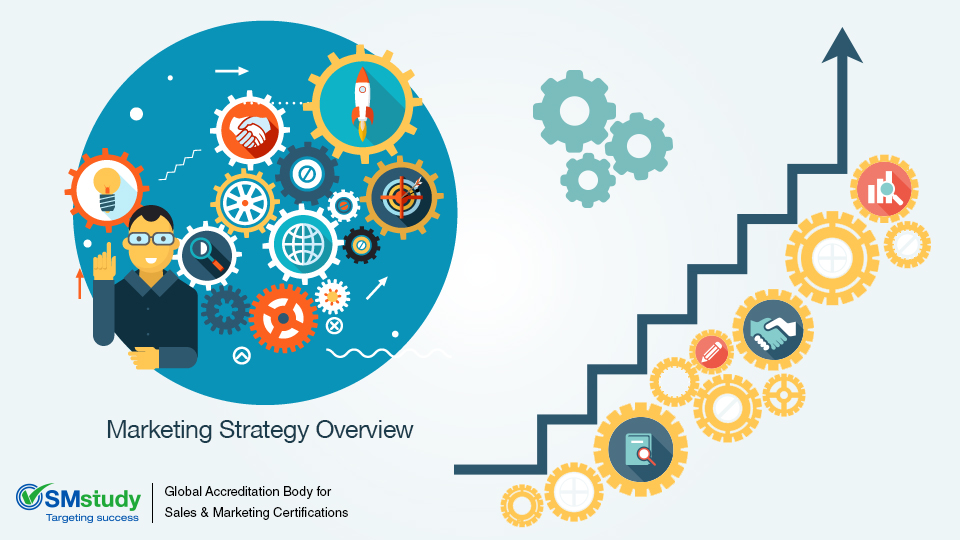
Digital Marketing – The Core
Digital marketing remains the dominant force in today’s market. It offers unparalleled targeting capabilities and measurability. Marketing strategy heavily relies on a strong digital presence. This includes:

- Search Engine Optimization (SEO): Optimizing your website and content to rank higher in search engine results pages (SERPs) is crucial for driving organic traffic. Keyword research, on-page optimization, and link building are key components.
- Search Engine Marketing (SEM) / Pay-Per-Click (PPC): Platforms like Google Ads allow you to run targeted advertising campaigns that appear at the top of search results.
- Social Media Marketing: Building a presence on relevant social media platforms (Facebook, Instagram, LinkedIn, TikTok, etc.) allows you to engage with your audience, build brand awareness, and drive traffic to your website. Content strategy, community management, and paid social advertising are key elements.
- Email Marketing: Building an email list and sending targeted email campaigns can be a highly effective way to nurture leads, promote products, and drive sales.
- Content Marketing: Creating and distributing valuable, relevant, and consistent content (blog posts, articles, videos, infographics) to attract and engage your target audience.
Traditional Marketing – Still Relevant
Don’t underestimate the power of traditional marketing channels, especially for certain demographics and industries.

- Print Advertising: Newspapers, magazines, and brochures can still be effective for reaching specific audiences.
- Television and Radio Advertising: These channels offer broad reach but can be expensive.
- Direct Mail Marketing: Targeted mail campaigns can be effective for reaching specific demographics.
- Public Relations (PR): Building relationships with journalists and media outlets can generate positive publicity and increase brand awareness.
The Importance of Analytics
Tracking your marketing performance is absolutely critical. Utilize analytics tools like Google Analytics, social media analytics dashboards, and CRM systems to monitor key metrics such as website traffic, lead generation, conversion rates, and customer acquisition cost. Analyze this data to identify what’s working and what’s not, and make data-driven adjustments to your strategy. Regularly reviewing your analytics will help you optimize your campaigns and maximize your return on investment (ROI).
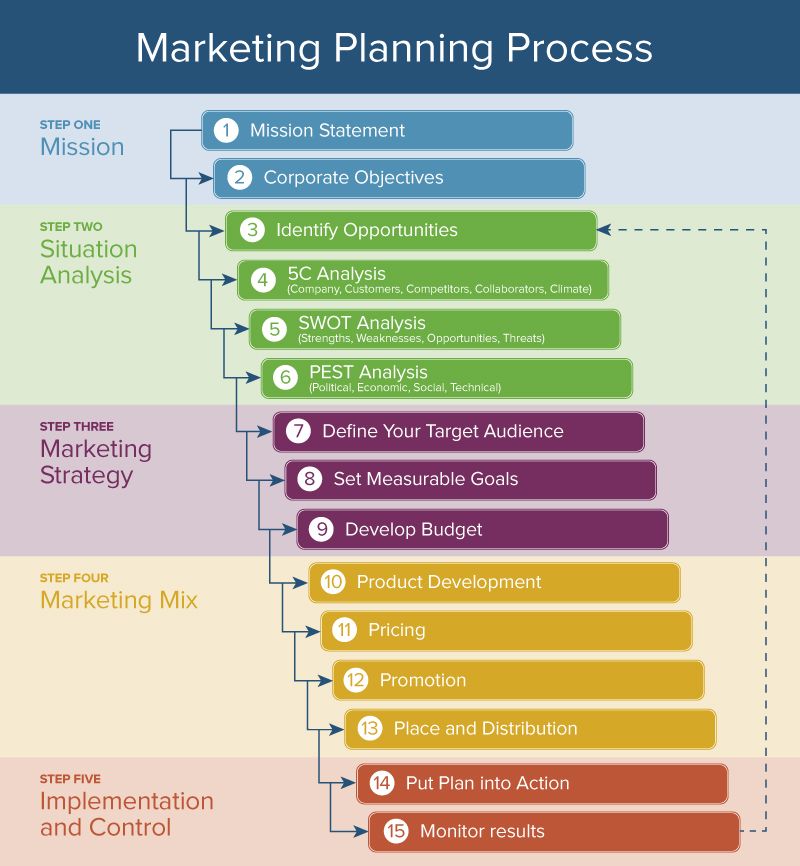
Building a Customer-Centric Approach
Ultimately, a successful marketing strategy is built on a foundation of customer-centricity. It’s about understanding your customers’ needs and providing them with a positive experience. This includes:
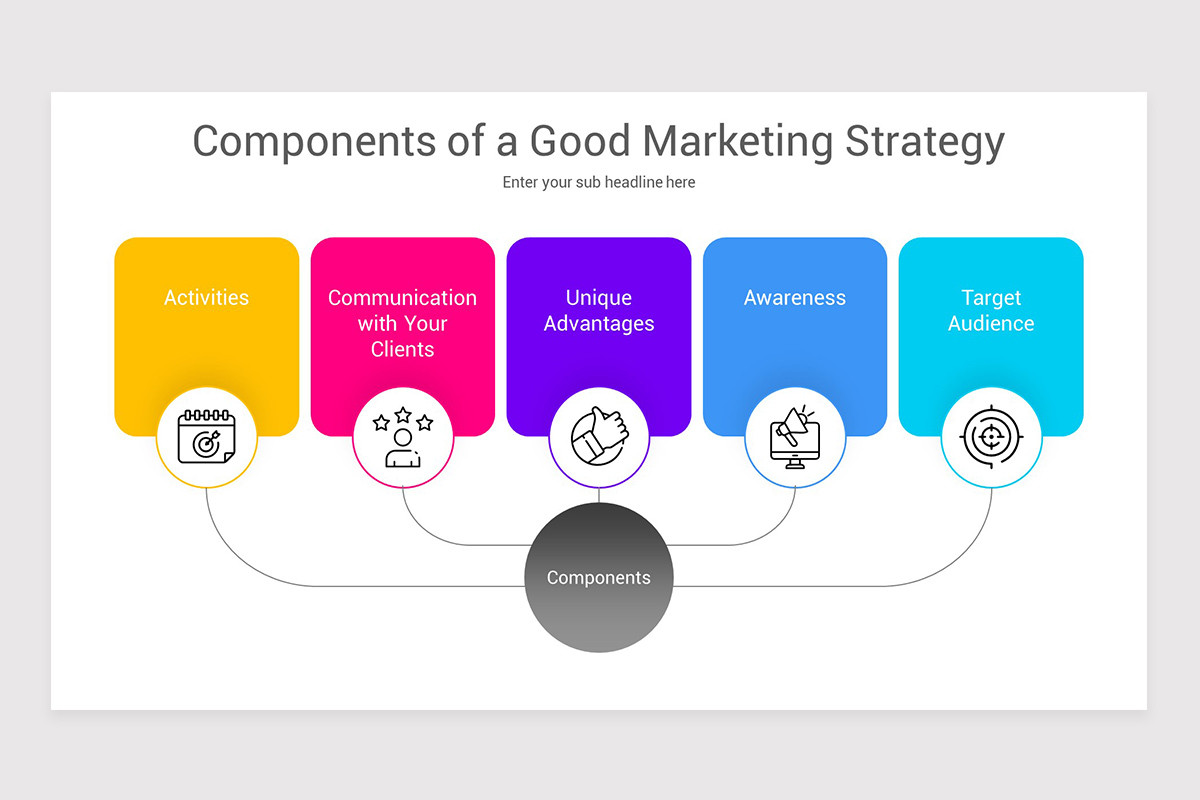
- Excellent Customer Service: Providing prompt, helpful, and friendly customer service is essential for building loyalty.
- Personalization: Tailoring your marketing messages and offers to individual customers based on their preferences and behavior.
- Loyalty Programs: Rewarding loyal customers to encourage repeat business.
- Feedback Collection: Actively soliciting and responding to customer feedback to improve your products and services.
Conclusion
Developing and implementing a robust marketing strategy is a continuous journey, not a destination. It requires a deep understanding of your target audience, clear goals, the right channels, and a commitment to data-driven optimization. By consistently analyzing your results and adapting your approach, you can build a marketing strategy that drives sustainable growth and achieves your business objectives. Remember, marketing strategy is about more than just selling; it’s about building relationships and creating value for your customers. Investing in a well-defined and executed strategy is an investment in the future of your business. Marketing strategy is a dynamic process, requiring ongoing evaluation and refinement to remain effective in a constantly evolving market. Don’t be afraid to experiment and innovate – the key to success lies in continuous improvement.
